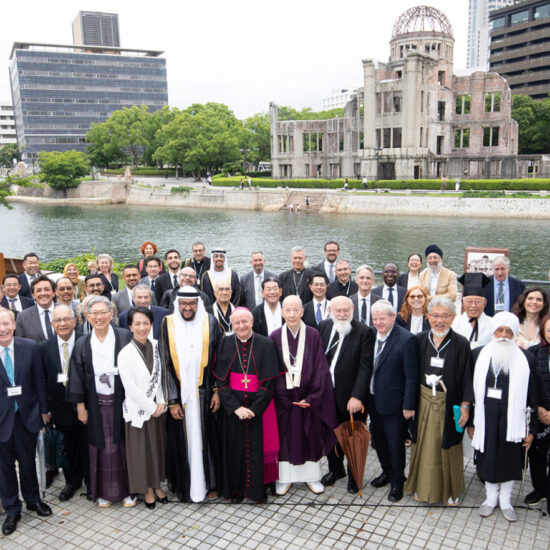By Vicki Brown
Word&Way Correspondent
Before a church can launch into technological waters, members need to plan ahead. Some issues congregations should consider include philosophy, nature, building needs and staff.
Philosophy
A central question leaders must ask themselves before approaching their congregations about broadening their technology use is this: Does the church see a need for using new methods to reach people?
“Each church…has a distinctive personality,” Larry Phillips of Phillips Pellham Architects Engineers in Springfield said. “Even within the congregation, people are different. Some churches are ready to embrace new technology. Some prefer to embrace more traditional approaches. You have to identify where the church is at and where it is headed.”
Pastors and church leaders might find Eddie Hammett’s insights helpful. Hammett is a senior coach with the Columbia Partnership in Hickory, N.C., and an internal coach for the Baptist State Convention of North Carolina.
In his first book, “Reframing Spiritual Formations,” Hammett describes how he had to re-examine how people respond to God. He had to examine his “willingness to unlearn and relearn” evangelism approaches and to “see the need for pre-conversion discipleship,” he said in a recent interview.
Hammett outlines the principles he learned as he sought ways to reach out, particularly to postmoderns, in Spiritual Leadership in a Secular Age: Building Bridges Instead of Barriers. He currently leads an online group of “spiritual travelers” that began with one individual with spiritual questions and now includes 55 believers and searchers.
Chalice Press will release Hammett’s latest work, “Reaching People Under 40 While Keeping People Over 60” in October. “It builds on those principles and explains how an established church can reach all generations without ignoring some,” he said.
Additional insight is available on Hammett’s Web site at www.transformingsolutions.org.
Nature
Congregations must decide the type of technology in which to invest. Would members prefer the pastor or other individual just do his or her own thing — a blog or podcast perhaps?
Would a majority want a more up-to-date sound system? Do they want to start with video-enhanced announcements, sermon notes or words to songs? To add video clips to worship services? To develop a church Web presence?
Building
Will technological choices mean facility changes? Does the church’s long-range plan include remodeling, expansion or a new building? Be sure to discuss technology needs with the architect.
“If the church is technologically cutting-edge, then we need to make sure what we do won’t hold them back,” Phillips said.
“Often architects know about what’s coming [on the technological front] and can let churches know of the possibilities for future use. It is important for us to at least make available what we know so that they can make up their own minds.”
But Phillips added that churches need to be aware of technology’s “gee-whiz” factor. “It’s easy to get caught up in what’s new,” he said. “We also must be good stewards, even with technology. Technology must be appropriate for the church.”
Staff
When will the church need to add a staff member to handle media and technology? A volunteer team usually can function adequately with a strong team leader. In some churches, the worship leader assumes responsibility for technology, particularly if it is used primarily for services.
Congregations should consider calling another staff member when technology and media use begins to overwhelm its leaders and volunteers.
“A church should consider a paid staff person when it has reached the point when it is no longer feasible for the media’s day-to-day response to be executed only after business hours when most volunteers are available,” Hank Garner, minister of communications at McGregor Baptist Church, Fort Myers, Fla., and a member of the Metro Media Ministers Association, explained.






